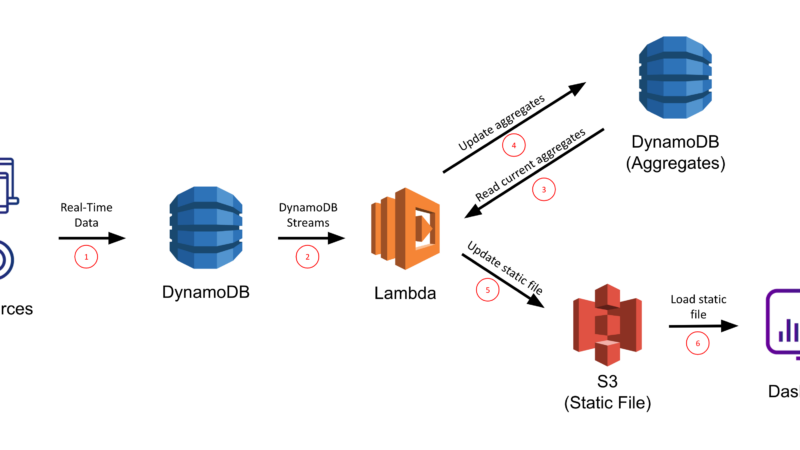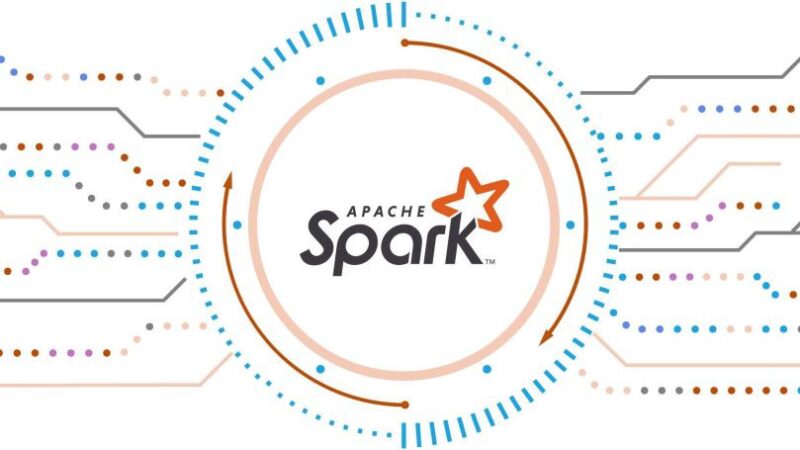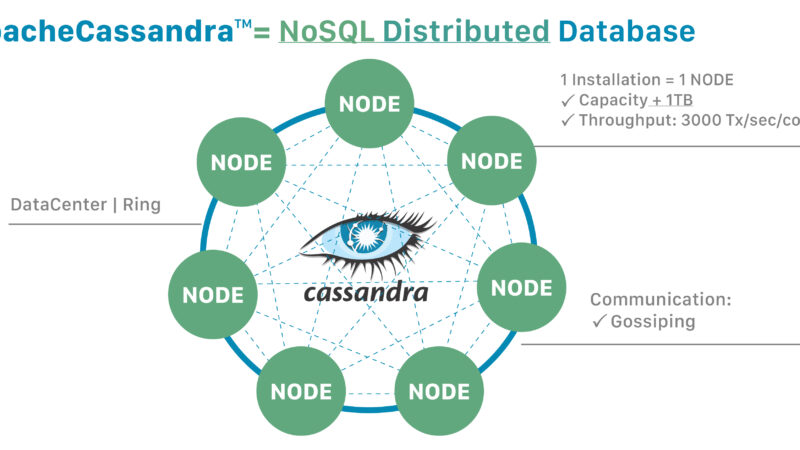DevOps Interview Questions and Answers
The technological field keeps improving with time as many companies seek to hire more developers to impact the organization positively. One of the most important sectors currently is DevOps since it is making tremendous changes in the IT department by collaborating with various experts. It is a marketable area with many experts hoping to find jobs in the area.
Like all the other interviews, it is important to get an insight into some of the common questions that you can come across in an interview. And this article is the best place to prepare for your interview since it features over twenty-five questions and their answers. Check them out!
What’s your idea of being a DevOps?
Being a DevOps engineer is a practical IT department that focuses on the software development life cycle. It involves coming up with the software design, coding, and finally deploying the software. This practice involves blending with other operations engineers as you work towards a set goal. In other words, the experts work on delivering the right software at the right time.
Explain the difference between agile methodology and DevOps
The DevOps culture allows various engineers to work together and deliver the right product. It involves continuous software development, testing, blending various parts, deployment of the software, and its outcome. In other words, it focuses on the software development lifecycle.
As for agile methodology, it focuses on small, incremental, and fast software releases as they monitor customer feedback. Later, the development team focuses on addressing various customer issues.
Which are the must-have tools of DevOps?
The most common and necessary DevOps tools are:
- Puppet
- Chef
- Jenkins
- Git
- Selenium
- Docker
- Ansible
Highlight the key phases in DevOps
The DevOps practice involves blending in skills and tools from various experts to deliver good applications. However, there are several basic steps to follow when fulfilling a DevOps development life cycle.
- Plan: Like any other project, the first step is to plan the software or application that the organization wishes to develop. This step allows the engineers to have an insight into the development lifecycle.
- Code: The programmers code the software matching the customer’s needs or requirements
- Test: It is a crucial test that determines how successful an application or software will become. Test the software and make the necessary changes
- Integrate: Usually, the development phase often includes many codes under different programmers. So, under this step, it is important to blend them to form one essential software.
- Deploy: This step involves code deployment into the cloud ecosystem to ensure that the functional changes don’t affect the website’s functionality.
- Operate: performance of the code when necessary
- Monitor: under this step, monitor the application or software performance
Highlight important benefits of DevOps
The main benefits of DevOps include:
Technical benefits
- Early and fast detention and correction of errors
- Continuous deliverance of software
- The problems are less complex hence easy to manage
Business benefits
- Fast deliverance of the software
- Stable operating ecosystems
- Good communication and collaboration of various teams
How can you approach a project that requires the DevOps methodology?
There is a standard way to approach a development setting that requires the DevOps methodology.
Step 1: Access the current process and implementation approach for a while and identify the changes you need to make so that the development team can work on a new plan.
Step 2: Develop a PoC, Proof of concept, and wait for its approval before the team starts the implementation process.
Step 3: Implement the DevOps approach, which involves control, integration, testing, deployment, and monitoring.
Highlight the differences between continuous deployment and continuous delivery
Continuous delivery ensures that the code is safely deployed to the production team, while continuous deployment ensures that every change is deployed automatically to the production upon completing the testing phase
Continuous delivery ensures that the software function as per the organization’s expectations, while continuous deployment ensures that the development is fast and meets the set deadlines
What role does configuration management play in DevOps?
- It ensures good management of the different system’s changes
- Standardization of the resources hence good management of IT infrastructure
- Enables good management of various services and good administration
- It helps in maintaining the IT infrastructure’s integrity
Continuous monitoring is quite vital in maintaining the system architecture. Explain.
Generally, continuous monitoring means in DevOps refers to detecting, identifying, and reporting potential threats or faults in a system’s infrastructure. So, the process helps in maintaining the system’s architecture in various ways:
- It ensures that the applications, resources, and services are correctly running on the server
- Monitoring the servers and ensuring that the applications are running properly
- Continuous auditing, controlled monitoring, and continuous transaction inspection
What is the function of AWS in DevOps?
The AWS has several functions in DevOps such as:
- Flexible services: You have access to flexible services without having to set up or install the software
- Built for scale: You can use AWS services to manage thousands of services at the same time
- Automation: It enables you to automate many processes and tasks
- Secure: AWS Identity and Access Management helps you enable user policies and permissions
- Large Partner ecosystem: It supports a lot of users in the ecosystem
Explain the three crucial DevOps KPIs
The three crucial KPIs include:
- Mean time to failure recovery: it refers to the amount of time software takes to recover from a failure
- Deployment frequency: How frequently does deployment occurs
- Percentage of failed deployments: The number of times that the deployment is unsuccessful
What is IaC, Infrastructure as Code about configuration management?
- It refers to writing codes to manage deployment, automatic provision, and configuration
- Using machine-readable files to manage data centers
- Ensure that the infrastructure components and services are delivered effortlessly and consistently
- Administer cloud computing ecosystems
Explain the difference between the distributed and Centralized control system
Centralized VCS stores all the files on the central server, the developers don’t have copies of the files in the local system, and if the central server fails, the project will lose all the data. On the other hand, the Distributed Control system is where every programmer copies the codes in the local systems. Also, the team can work offline without relying on one place for backup, and there is no threat if the server fails.
What are the crucial requirements of becoming a DevOps engineer?
For a DevOps engineer, there are many requirements that you must fulfill. Therefore, a DevOps engineer needs to:
- Have the right experience in the DevOps automation tools, for example, Puppet, Chef, Windows PowerShell DSC, Ansible, and more
- A good DevOps engineer must be fluent in various programming languages
- Interpersonal skills so that they can communicate with various developers
Why do companies need a DevOps engineer?
Over the last couple of years, the DevOps industry has gained maximum popularity, with many companies wishing to hire DevOps engineers. Naturally, organizations require new software releases to different audiences. Therefore, it is crucial to ensure that you have a good DevOps engineer. Here are some of the reasons why DevOps are necessary:
- Increase the frequency of software deployment
- Lower the new releases’ failure rate
- Shorten the time it takes to fix various problems
- Fasten the recovery time in case a system fails
Explain how various DevOps tools work together for seamless delivery of software
The flow of how a DevOps engineer works depends on the organization and the requirements. But, there are basic steps one need to follow, including:
- Developers develop a program, and Git manages it
- Developers transfer the program to the Git repository and make the necessary changes in the environment
- Jenkins enables the developer to remove the code from the Git repository
- Configuration management that uses various tools such as puppet
- The Jenkins tool sends the code to the testing environment for testing
- After testing, the Jenkins tool sends the code to the production server for deployment
- Monitoring of the program using Nagios
What are the pros of DevOps?
Many advantages come with implementing the DevOps methodology, including:
- Continuous deliverance of various software releases
- Fast resolution of technical problems
- Stable operating environments
- You have more time to work on various innovations
Why is DevOps important to companies?
There are so many things that a DevOps engineer help organizations achieve. However, the key thing is helping companies achieve the right production changes quickly while minimizing the potential risks. Also, there is good communication between various technical experts as they work together to achieve the set goals.
What do you mean by anti-patterns of DevOps?
Generally, a pattern is a familiar setting that many people usually follow or use. However, if a pattern that many people adapt doesn’t work for a company, you can’t follow it blindly, then you have to adopt the anti-pattern setting.
Highlight common myths surrounding the DevOps industry
There are many misconceptions about DevOps that often surround the industry, including:
- DevOps is a process
- Agile is similar to DevOps
- DevOps are the all-time problem solvers
- DevOps is the short form of Developers Managing Production
- DevOps means development
Why are many companies adopting the DevOps methodology?
It is no secret that DevOps has two other models before DevOps, Agile and waterfall model. And these two development models have their flaws and limitations. For example, the waterfall model works in a one-way direction, and there is no communication with the customers. Due to its flaws, there was an introduction of the agile model. However, communication between the operations team and the development team was also an issue. Finally, we have the DevOps methodology that bridges these gaps and speeds up the software production. Last but not least, DevOps have quickly adopted the automation settings.
What is Version Control?
Version control is a system whose job is to record file changes over time, ensuring that the developers can recall all the versions. Also, it has a central point where all the team members have the right to commit changes on all the files.
Highlight various uses of Version Control
Here are some of the uses of Version Control:
- Reverse a project to the prior state before the changes
- Reverse the files to the prior state
- Compare various changes that happen on various files
- Monitor the people who modify the files and why they are modifying them
- See who introduced different issues and why they introduced them
Explain some of the benefits of the Version Control Systems
The VCS allows all the team members to access and work on any file freely at any time, and later, you can merge all the changes to form a standard file that everyone loves
All the past project versions before the changes are accessible, allowing people to request various versions anytime
Every time a developer makes changes on a project or file, the VCS requires them to describe the changes. Also, you have access to the information of the changes and who made them
When using a distributed VCS, the team has a complete history of the files and projects so that if the servers fail, there are backup files.
What are some of the branching Strategies that DevOps engineers use?
There are three common branching strategies:
- Feature branching: This model ensures that all the feature changes in a branch are safe. Later after a full branch test on the changes and validation of the tests, you easily merge it into one software
- Task branching: Under this methodology, every task has a branch. Also, it includes a task key that people use to locate tasks in a project
- Release branching: After a branch has the right features and is ready to release, the developer can copy the branch that experts refer to as release branching. Creating this branch allows experts to make the necessary changes on the project and merge them to the released branch
Explain the difference between Git Rebase and Git Merge in the Git architecture
Under the Git Merge, the logs show an entire commit history, while in Git Rebase, the logs have a logical arrangement. This rearrangement helps the logs to look simple to understand and linear. However, it is also a disadvantage since some members may have difficulty understanding the rearranging process.





